Physics

Educators and Parents, Sign Up for The Cheat Sheet
Weekly updates to help you use Science News Explores in the learning environment
Thank you for signing up!
There was a problem signing you up.
-
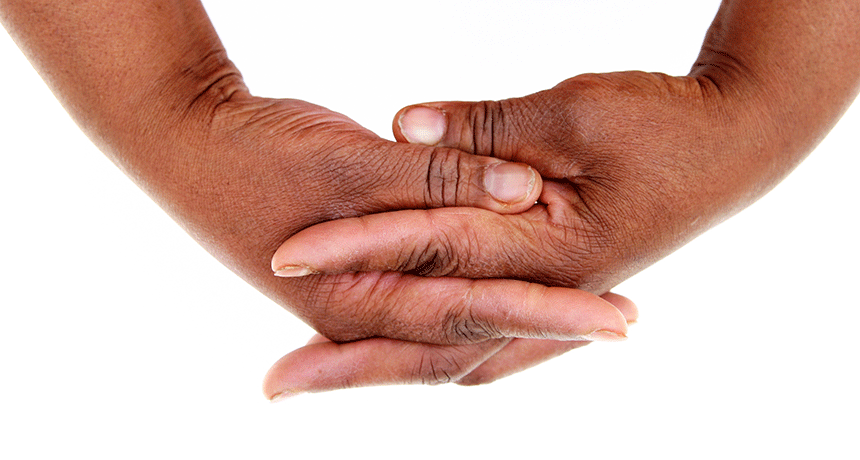 Health & Medicine
Health & MedicineScientists offer new explanation for knuckle-cracking
That annoying pop may come from the partial collapse of bubbles in the joint fluid.
-
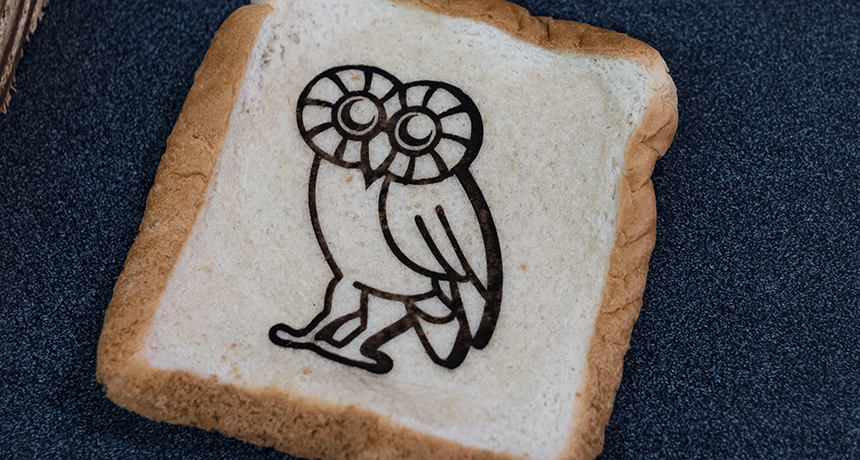 Materials Science
Materials ScienceZap! Laser tattoos could create electronics to eat or wear
Lasers can tattoo a nontoxic form of carbon onto everyday items. This one day could lead to wearable — even edible — electronics.
-
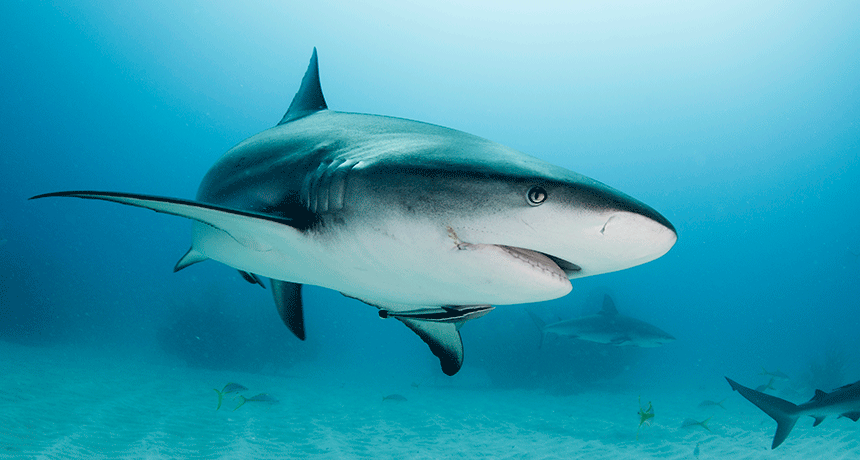 Tech
TechElectricity sensor harnesses a shark’s secret weapon
A new “quantum” material mimics the sensors that help a shark sense its prey. Like a shark, it can detect tiny electric fields.
-
 Physics
PhysicsWireless devices crowd out cosmic radio signals and more
Cell phones and other devices emit radio waves that can interfere with important scientific research. That’s why researchers are seeking ways to share the radio spectrum.
-
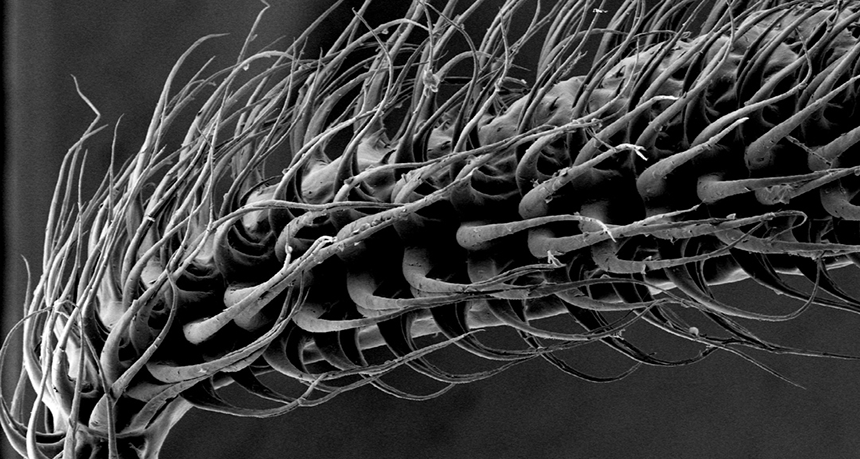 Animals
AnimalsThe secrets of super-slurper bat tongues
Tiny hair-like structures greatly boost the ability of some bats to slurp up nectar from flowers.
By Sid Perkins -
 Physics
PhysicsMeet STEVE, the northern lights in mauve
STEVE is a nontraditional aurora. It might be a visible version of usually invisible charged particles drifting through Earth’s upper atmosphere.
-
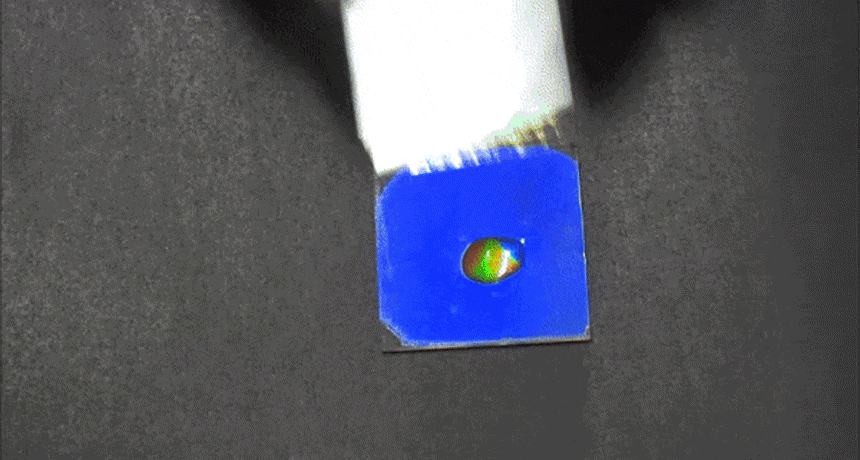 Chemistry
ChemistryMoisture unmasks camouflaged message
Researchers have developed a new type of chemical that will mask some hidden message — until you add water.
-
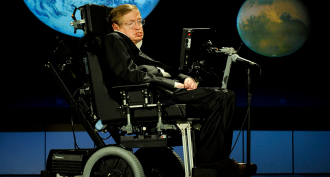 Science & Society
Science & SocietyLegendary physicist Stephen Hawking dies at 76
Theoretical research by Stephen Hawking helped shape how scientists and the public alike would come to understand black holes and other facets of astrophysics.
-
 Physics
PhysicsExplainer: What is thundersnow?
Wacky weather produced lots of thundersnow during New England’s recent winter storms. Some scientists now suspect Mother Nature got some human help.
-
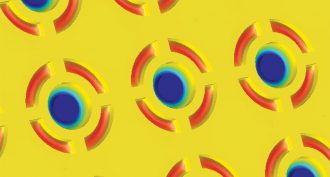 Materials Science
Materials ScienceNew device makes water give up its sounds
A new device can dramatically boost the ability of people above the water’s surface to hear what’s going on below.
By Dan Garisto -
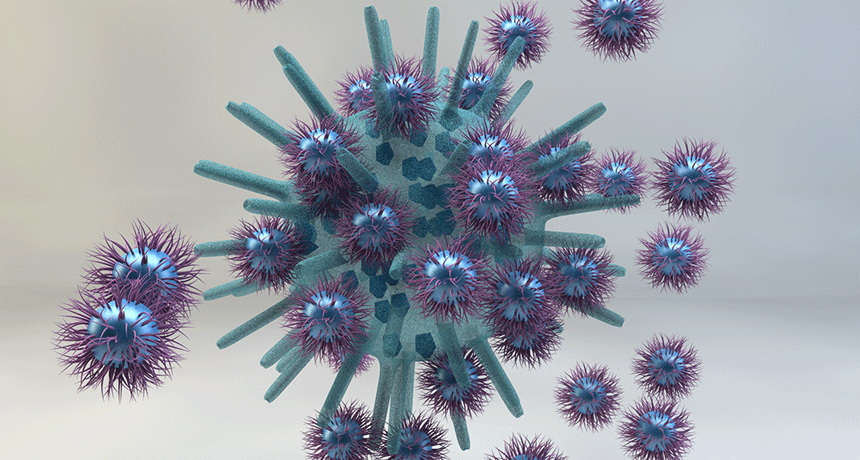 Materials Science
Materials ScienceHairy nanoparticles put viruses in a deadly embrace
Current drugs can’t stop viruses for good. But newly developed hairy nanoparticles just might. They surround and put pressure on the viruses, which ultimately destroys them.
By Ilima Loomis -
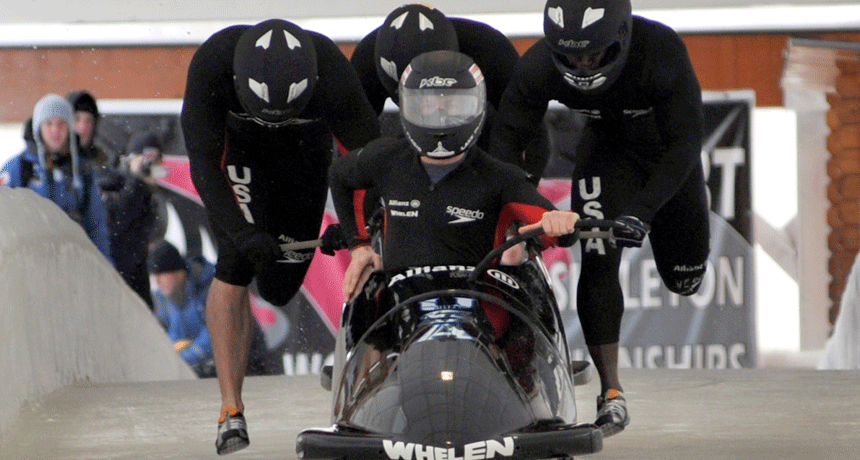 Tech
TechIn bobsledding, what the toes do can affect who gets the gold
South Korean scientists have been developing shoes that could give their national bobsled team an advantage at the Olympics.